#1960s
Rare Rides Icons: The Lincoln Mark Series Cars, Feeling Continental (Part XIV)
Today we return to the groovy year of 1968 in our Lincoln Mark timeline. In March, the quickly and affordably developed Continental Mark III made its debut at the 12 Hours of Sebring in Florida. It generated plenty of buyer excitement overnight, and went on sale immediately. Based on the fifth generation Thunderbird, Lincoln’s most exciting car was once again a halo personal luxury coupe.
After almost a decade where Lincoln offered a small number of variations of the Continental sedan that debuted in 1961, the Mark III was something different. We covered its development and styling in our last entry, and now it’s time to step inside a world of gently tufted luxury.
Rare Rides Icons: Lamborghini's Front-Engine Grand Touring Coupes (Part IX)
We return to our timeline of front-engine Lamborghini GT coupes, but take a step back in time. Our last entry left us at the conclusion of 1969 when the slow-selling Islero ground to a halt. Dealers had a difficult time shifting all 225 examples of the Islero, comprising 125 regular Isleros and 100 of the upgraded Islero S.
Ferruccio Lamborghini dictated the Islero’s restrained and elegant design to Mario Marazzi, after several concepts to replace the aged 400GT did not meet with the boss’s approval. What Lamborghini was really after was a four-seat grand tourer in the finest tradition of grace and pace. The Islero fit most of those qualifications, but was a 2+2 and (as mentioned) almost impossible to sell. Luckily, there was another front-engine Lamborghini GT that debuted at almost the same time as Islero in 1968. Say hello to Espada.
Abandoned History: Daewoo Motors, GM's Passport to International Sales (Part I)
Sometimes all it takes is a Tweet to generate a new Abandoned History series. A seemingly simple request: coverage of some GM models from the early 2000s, specifically a Daewoo. But there’s a long, winding, and dramatic history behind Daewoo Motors. The company’s origins trace back to the 1930s, and the very first Korean car.
Throughout the ensuing decades, Daewoo Motors was formed, reformed, bought and sold, and generally passed around in Korea. Along the way, it offered other brands’ vehicles, its own, and even purchased a smaller carmaker. So sit back and relax as we travel to Korea in 1937, during the latter part of the country’s Japanese occupation.
Rare Rides Icons: The Lincoln Mark Series Cars, Feeling Continental (Part XIII)
We return to the Lincoln Mark story at a very promising time for the personal luxury coupe. Aside from Ford’s floundering Thunderbird, several other new PLC models arrived in the late sixties. Every major Detroit automaker had one, and circa the turn of the Seventies even more would arrive!
Together, they formed three tiers of personal luxury, segmented by asking price. At the top was the long-standing Cadillac Eldorado, and in the middle were the Thunderbird, Buick Riviera, and Oldsmobile Toronado. They’d be joined in the Seventies by the likes of the Pontiac Grand Prix, Chrysler Cordoba, and Chevy Monte Carlo.
In 1965 Ford’s VP of passenger car product, Lee Iacocca, decided he’d make some use of the fifth-generation Thunderbird’s platform for a higher PLC purpose. With as much parts sharing and cost saving as possible, he’d create a luxurious new Mark that could take on the Eldorado. Ignoring the Marks III, IV, and V of the Fifties, the new Mark would start at III, and attempt to connect itself with the ultra-luxurious Continental Mark II of 1956. We begin today (oddly) with some endurance racing.
Rare Rides Icons: Lamborghini's Front-Engine Grand Touring Coupes (Part VIII)
We return to our Rare Rides Icons coverage of Lamborghini’s front-engine coupes at a moment of relative triumph. After three earlier design proposals failed to pass muster with Ferruccio Lamborghini, a fourth received approval and was chosen as the 400GT’s replacement. Part of an in-house collaborative effort between Mr. Lamborghini, Carrozzeria Marazzi, and Lamborghini’s engineers, the resulting coupe was sedate, elegant, and not that removed from the outgoing 400GT 2+2.
Rare Rides Icons: The Lincoln Mark Series Cars, Feeling Continental (Part XII)
Lincoln was in a bad way at the turn of the Sixties, both financially and in terms of its product. The company lost hundreds of millions (adjusted) in the early and middle portion of the decade, when it invested in and then promptly canceled the Continental Division. Attempting a rebound, Lincoln dumped lots more cash into a new unibody platform that was exclusive to Lincoln models.
The new lineup was on sale from 1958 to 1960 and was unfortunately introduced at the start of a sharp economic recession. However, even after the recession ended Lincoln’s gaudy and overworked styling caused customers to steer clear of Lincoln and purchase Cadillacs instead. Lincoln lost $60 million ($550 million adj.) more.
1961 heralded the arrival of an all-Continental lineup, the Elwood Engel design that was instantly popular and saved the company. However, the new and streamlined (in all ways) Lincoln lineup spared no room for a Continental Mark series. The Mark slumbered until 1968.
Rare Rides Icons: Lamborghini's Front-Engine Grand Touring Coupes (Part VII)
When we last left Lamborghini’s front-engine coupe timeline, Ferruccio Lamborghini found himself about out of time to designate a replacement for the 400GT 2+2. Touring’s Flying Star II two-seat shooting brake was radical and possessed neither the restrained GT styling Mr. Lamborghini desired, nor the full four-place capacity. The company turned to Bertone and design legend Marcelo Gandini, who proposed the four-seat Marzal.
The Marzal’s design was as radical as the Flying Star if not more, and had gullwing doors and an interior filled with silver textile. After it debuted Ferruccio remarked how the Marzal was just a fun design exercise and was not intended to be a production car. Whether that statement was actually true remains unclear, but seems unlikely given the events that occurred post-Marzal. Lamborghini needed a real production design, and fast.
Rare Rides Icons: The Lincoln Mark Series Cars, Feeling Continental (Part XI)
We resume our Mark series coverage in the 1960 model year, which happened to be a last-of for several reasons. It was the last of the unibody Lincoln lineup that debuted in 1958, the Continental Mark line of models, and for Lincoln’s model naming scheme as a whole. We covered the visual edits in our last entry; a return to some of the garishness of 1958 that Elwood Engel tried to tone down in 1959. With the additional gingerbread hanging off of every possible surface of the Mark V Continentals for 1960, the lineup grew larger in every direction and heavier than ever before.
Rare Rides Icons: The History of Kia's Larger and Full-size Sedans (Part X)
As we return to the history of Kia’s large sedans, we find ourselves in the midst of the 2010s. When the full-size and rear-drive K900 was introduced for the 2015 model year, Kia’s front-drive comfort option, the K7 (Cadenza to you), was in the midst of its first generation. A replacement for the unloved and ugly Opirus (Amanti to North Americans), the K7 ushered in sophisticated but bland Euro-centric styling from Peter Schreyer upon its launch in 2010.
Cadenza didn’t make its way to the North American market until 2014, and debuted with slightly sharper styling and a nicer interior via a mid-cycle refresh. Kia took its time in bringing the Cadenza to the North American market, as they wanted to be sure they got it just right.
In the end, the first Cadenza fell between the soft rock of the Lexus ES and the hard place of the Nissan Maxima. Additionally, it lacked the prestige to compete with other large front-drive upmarket offerings of the time. The new cadenza lasted only three model years in North America, as Kia was ready for an all-new generation K7/Cadenza in 2017.
Rare Rides Icons: Lamborghini's Front-Engine Grand Touring Coupes (Part VI)
We pick up our Lamborghini front-engine grand touring coverage at a time of design disappointments. Though the exotic Miura gave the company instant notoriety as it simultaneously created the super car class, the company’s other model was due for replacement. A more traditional looking two-door, the 400GT 2+2 was an edit of the 400GT Interim (2+1), which was itself an engine upgrade on the 350GT, the company’s first production car.
Ferruccio Lamborghini anticipated the need for a new design, and went in search of a 400GT replacement around the time it entered production in 1966. Lamborghini turned first to Carrozzeria Touring. But even though they penned the 350GT and 400GT designs, their two-seat shooting brake suggestion, Flying Star II, was not to Lamborghini’s taste.
In fact it was sort of like Touring didn’t read the prompt. An abandoned race car design called the 400GT Monza from Neri & Bonacini was also presented as an option. The firm built Lamborghini’s tube frames a few years before, but that didn’t lend them enough goodwill at Lamborghini to get their design accepted. Time for take three!
Rare Rides Icons: The Lincoln Mark Series Cars, Feeling Continental (Part X)
We resume our tale of the Mark series cars today, during a period of recovery for Lincoln and their Continental lineup. The introduction of all-new unibody Lincolns in 1958 saw questionable over-the-top styling debut right at the start of a sharp recession. Most people didn't enjoy the looks of the new Mark III. Lincoln toned down the glitz for the '59 models, with better-integrated styling cues here, and less bulbous sheet metal there.
A new naming scheme arrived in 1959, Mark IV Continental, as Continental became a version of Mark. At the same time, Ford attempted to take the Continental upscale via the introduction of the more spacious (but not longer outside) Mark IV Continental Town Car and Limousine.
With a better US economy, Lincoln improved its sales figures considerably in 1959. However, the portion of those sales that were Continental models dropped by almost 12 percent. However, given all the millions Ford poured into its new Lincoln models it was not prepared to ditch them after just two years. There was a third year of the unibody Mark, with the highest series number yet: V.
Abandoned History: Ford's Cruise-O-Matic and the C Family of Automatic Transmissions (Part VI)
Documentary Series The Last Independent Automaker in Production, Will Chronicle the Life and Times of American Motors Corporation
A new documentary is currently in production and promises to be of interest to many of our readership. It’s about everyone’s favorite underdog automaker, American Motors Corporation (1954-1988)! Pride of Kenosha, Wisconsin. The team behind the production of The Last Independent Automaker is assembling a deep dive into the brand’s history, which started in 1954 when car and refrigerator manufacturer Nash-Kelvinator Corporation acquired Hudson Motor Car Company, and formed AMC.
Rare Rides Icons: The History of Stutz, Stop and Go Fast (Part XVII)
We’re back again with more Stutz history, and our coverage of the bric-a-brac produced by the Stutz Neoclassical company as complementary offerings to two-doors like the Blackhawk, Bearcat, and Bearcat II. In our last entry, we covered the Duplex, a sedan that (unsuccessfully) wore Blackhawk styling. Based either on a Pontiac or a Cadillac, the Duplex was the ultimate production version of the Ministeriale prototype sedan built by Carrozzeria Padane.
With an astronomical ask of $32,500 ($251,312 adj.) circa 1970 and styling that hadn’t translated well into a sedan, the Duplex was a non-starter. Just one was ever made, and it was sold to a criminal in Utah. But that didn’t deter CEO James O’Donnell, who was insistent a Stutz sedan was viable. A few years later there was another Stutz sedan presented: IV-Porte.
Rare Rides Icons: The History of Kia's Larger and Full-size Sedans (Part IX)
It’s time once again for more Kia large sedan goodness. Like last time, we pick up in the early 2010s. Kia’s second full-size sedan developed under Hyundai’s controllership was the K7, or Cadenza in all markets outside South Korea. Pitched as a value-priced premium front-drive car, it competed against the likes of the Toyota Avalon and Nissan Maxima, but lacked any defined comfort or sporty characteristics. Cadenza also had a bland corporate design courtesy of the company’s new Euro-like styling mission, and former VW designer Peter Schreyer.
Shortly after the Cadenza went on sale, Kia turned its sights toward an even larger sedan: A new rear-drive one to occupy the luxury space, a class above the Cadenza. It was the largest car Kia offered in nearly two decades, the first rear-drive Kia since the (Mazda Sentia) Kia Enterprise of 2002, and the first rear-drive sedan Kia ever sold in the North American market. It’s time for K9.




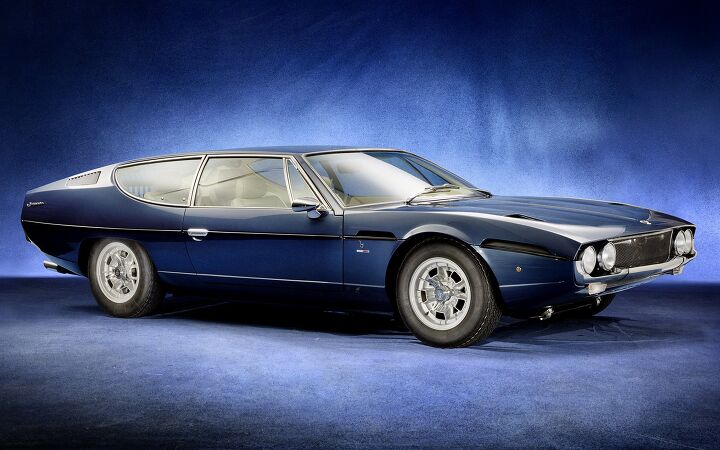





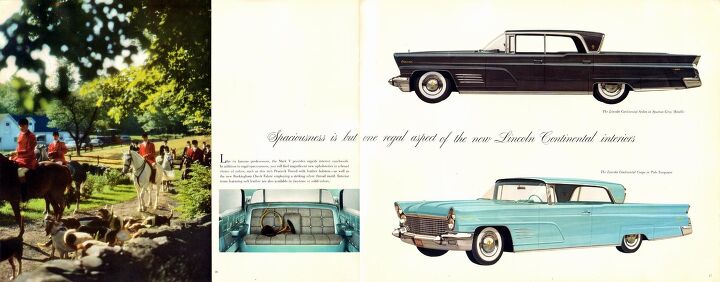
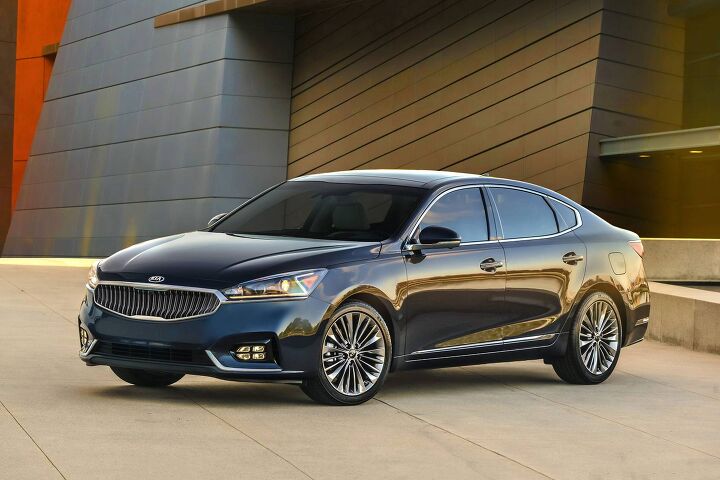
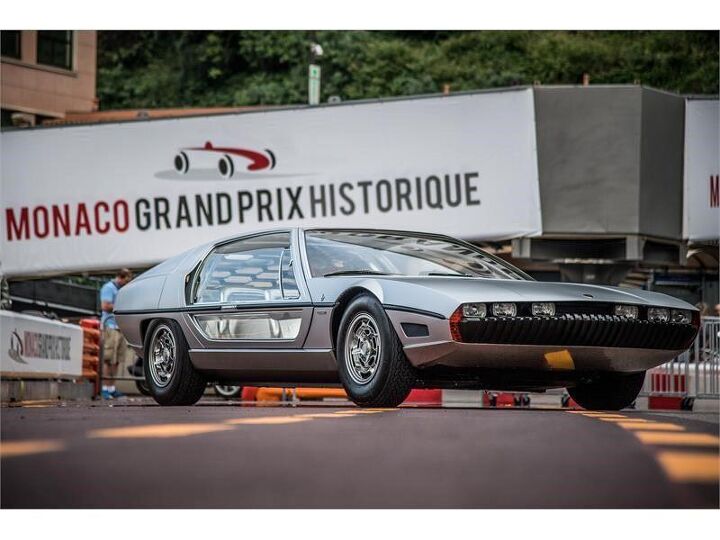



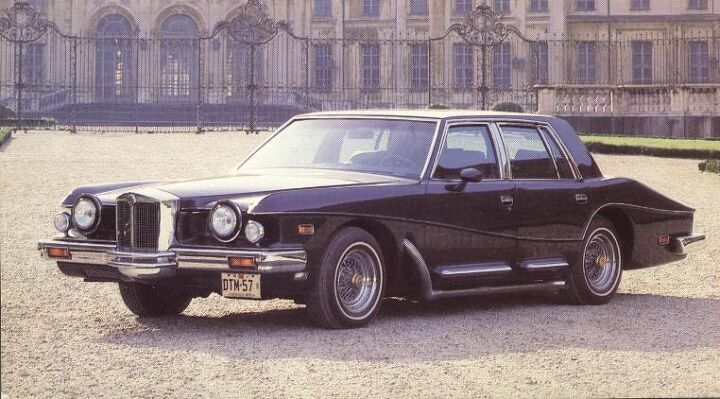













Recent Comments